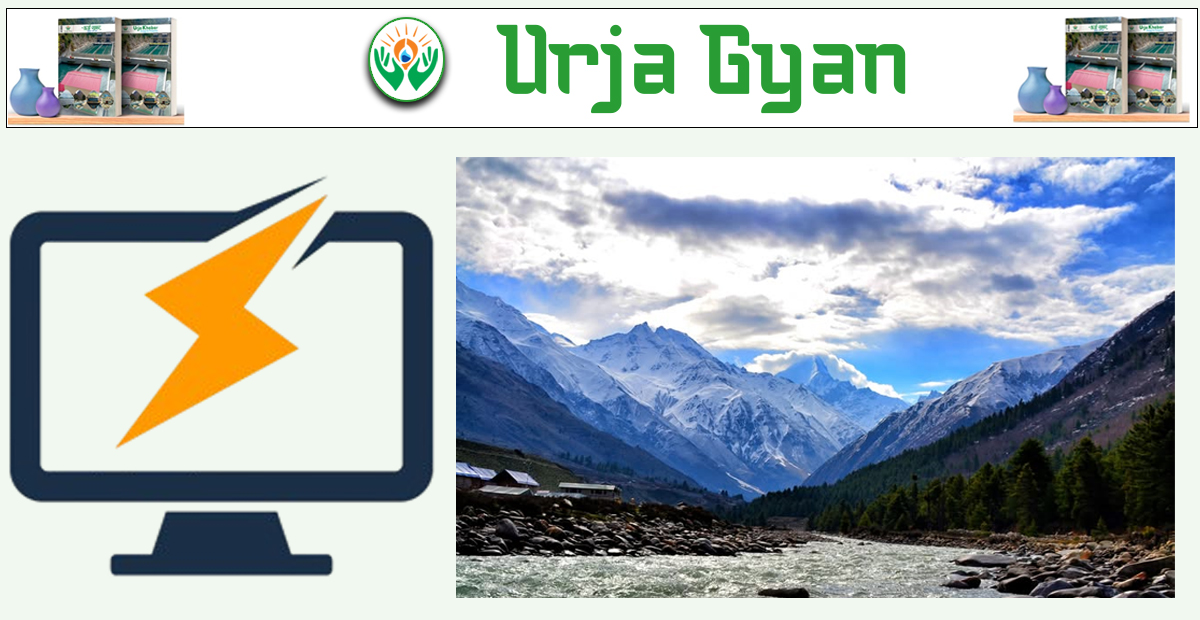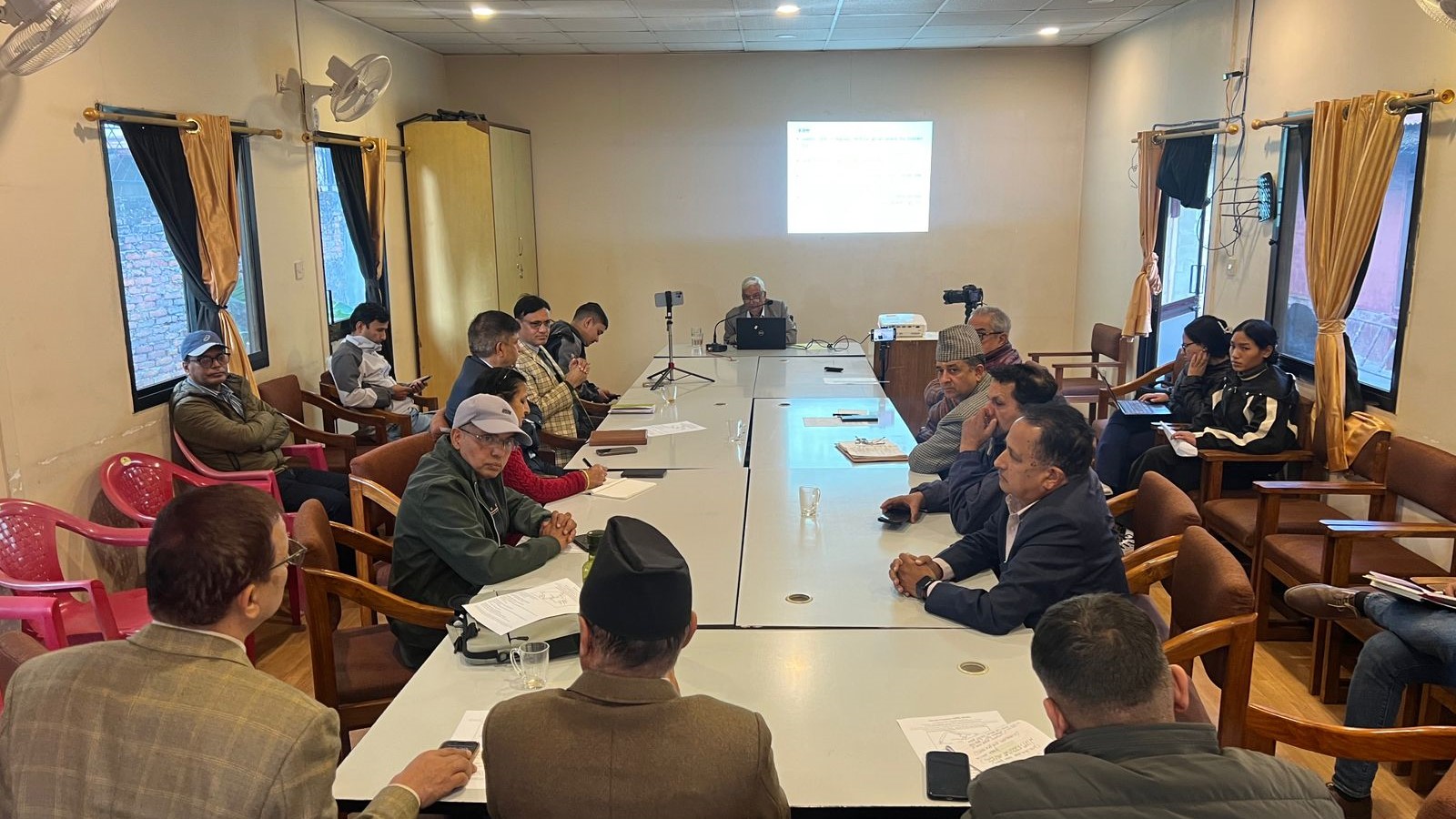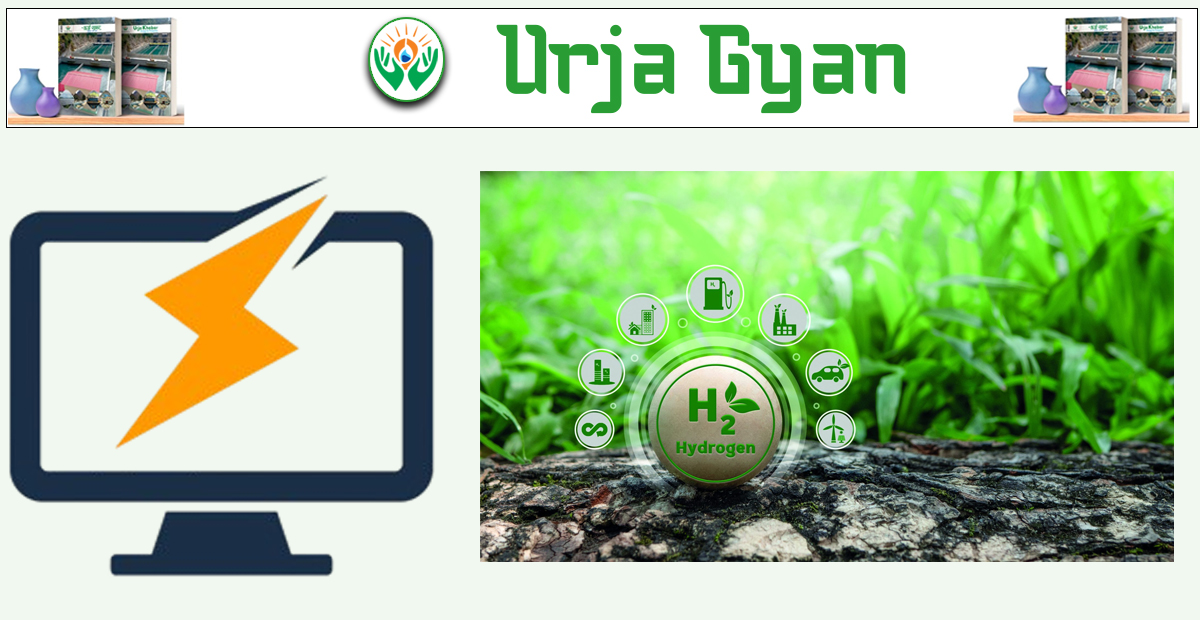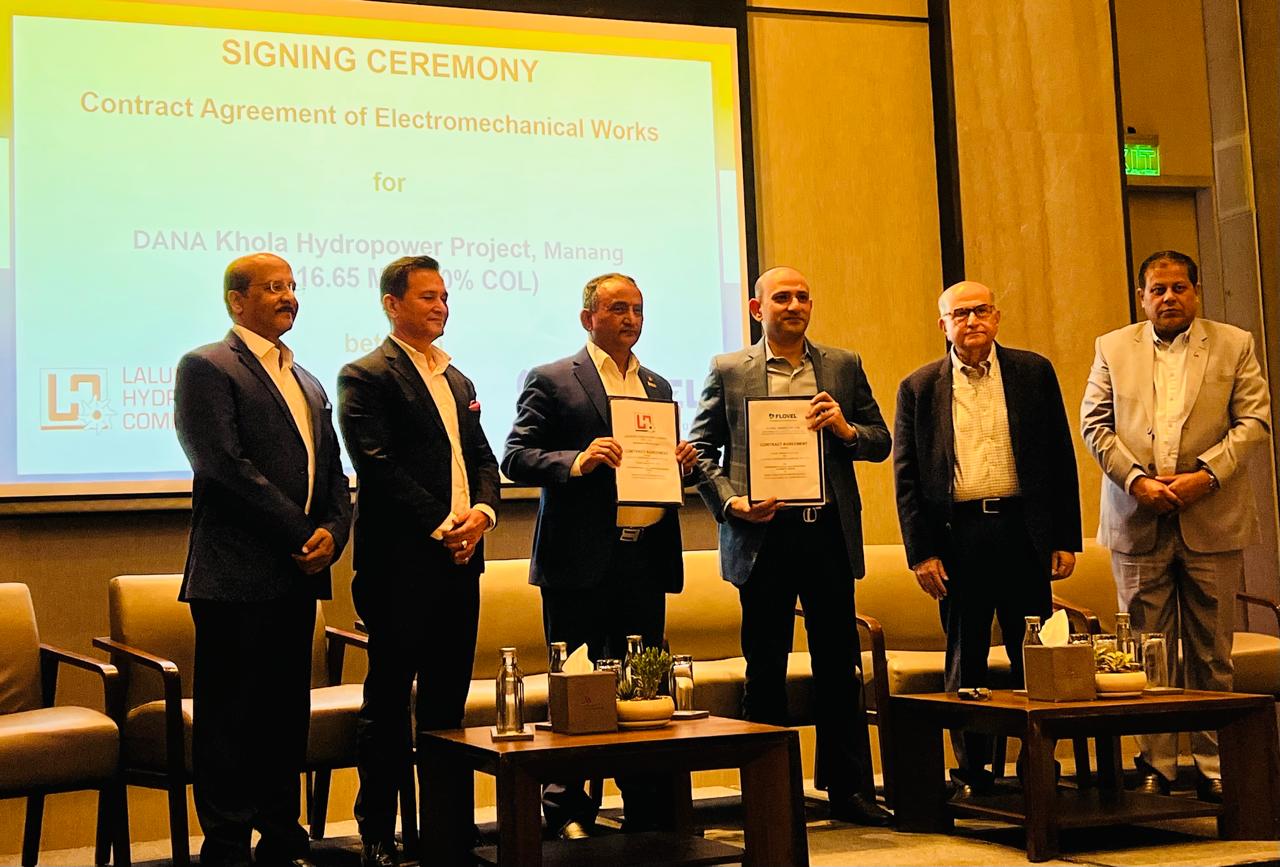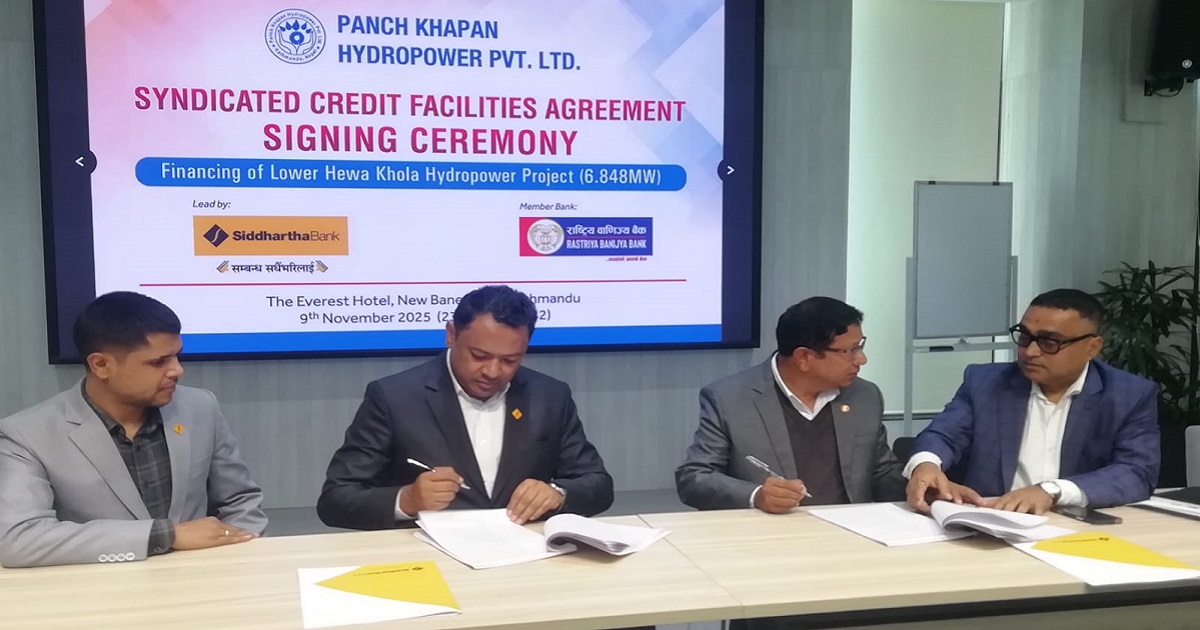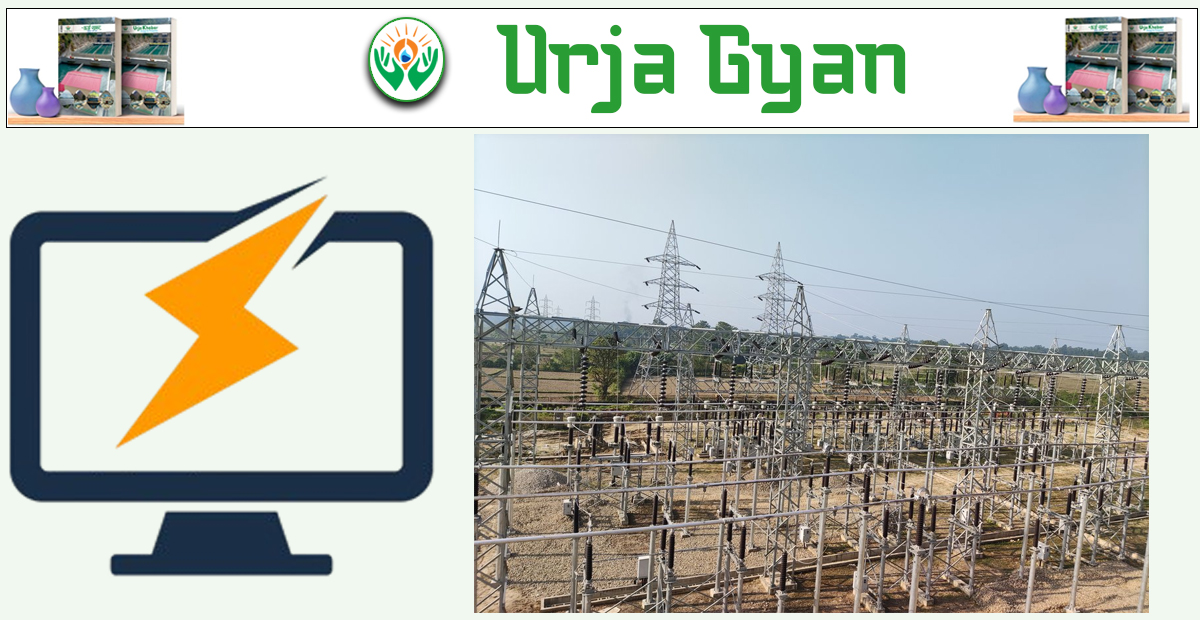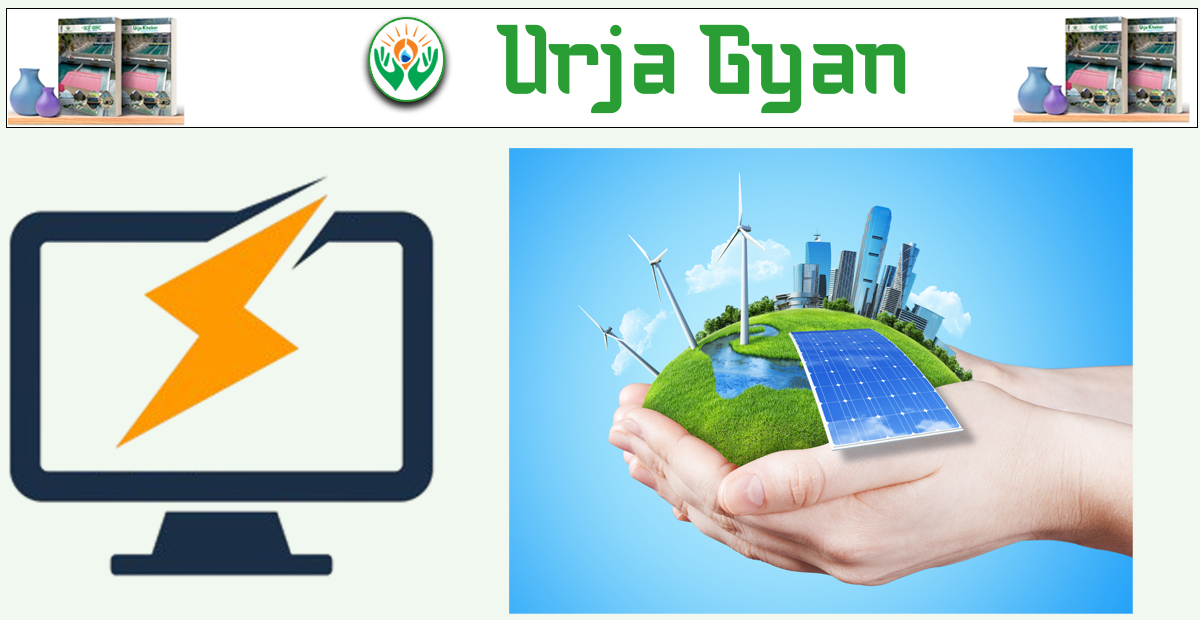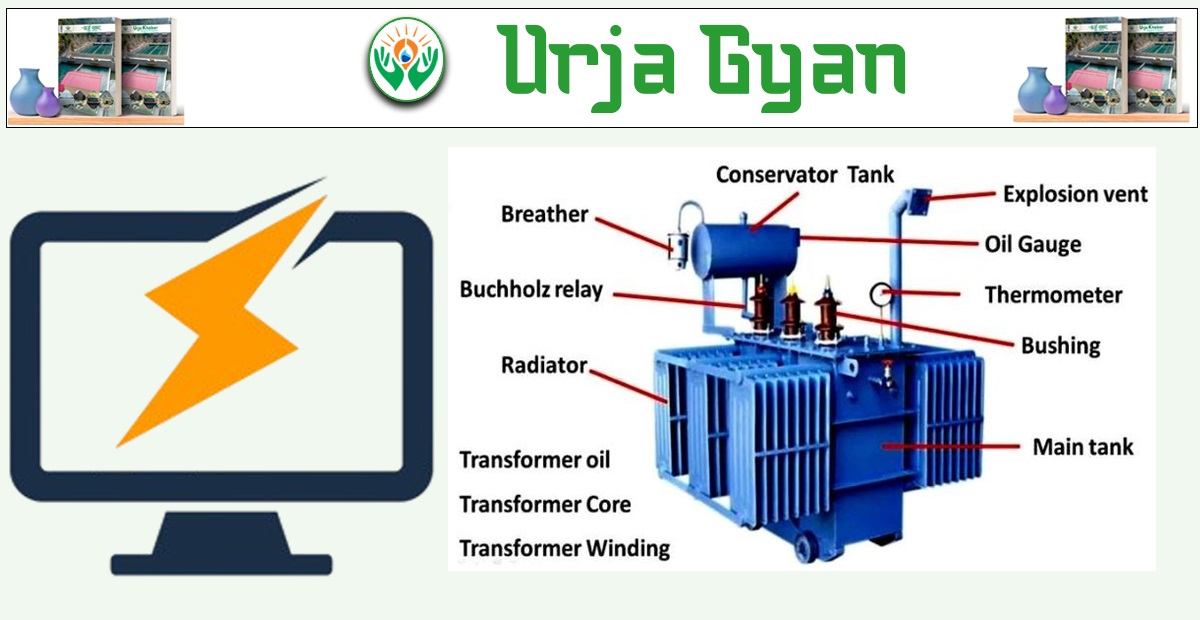Energy Update
Wind Energy: Significance and Developmental Challenges
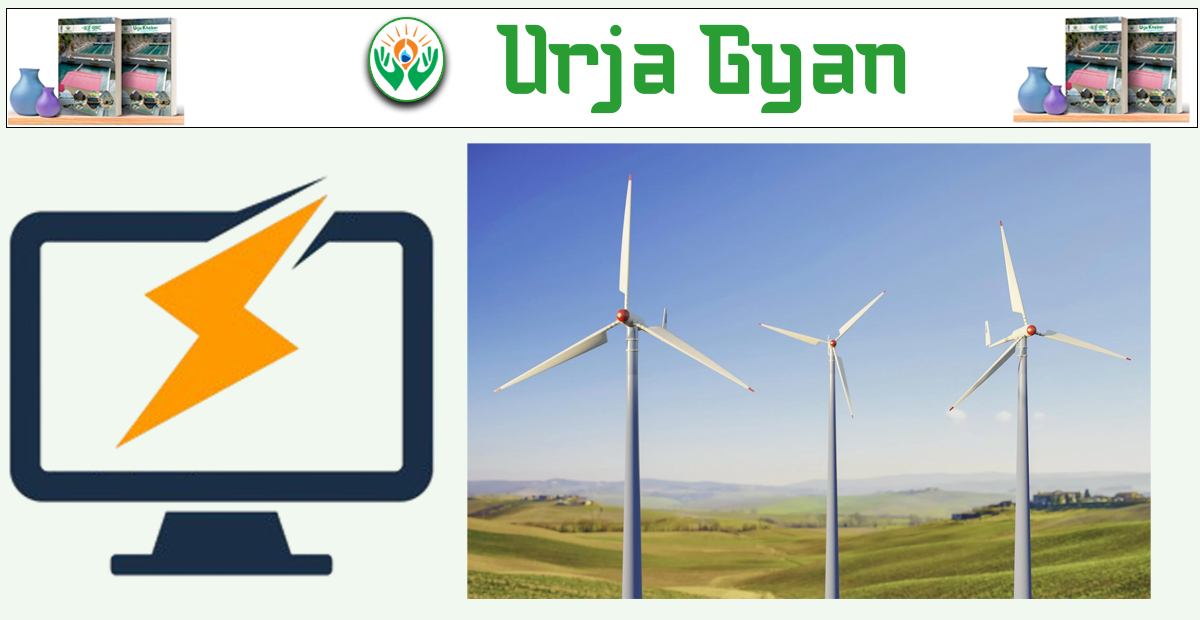
Kathmandu; As a part of the weekly education column "Urja Gyaan" published every Friday by Urja Khabar, this week we are dealing with wind energy, its importance, and developmental challenges. Last week, we addressed hydropower, its potentiality, and the challenges of dealing with it.
What is Wind Energy (Wind Power) ?

Wind energy is one of the world's greatest innovations in generating clean and renewable energy. Hydropower is derived from water-rotating turbines, whereas wind power is derived from wind-rotating turbines. The two biggest challenges to its advancement are land use and grid integration. Both need to be overcome to meaningfully and on a mass scale produce wind power.
1. Land Use in Wind Energy Production

Land Requirements: Wind farms require expansive land areas. However, a small portion of it is utilized for turbines and infrastructure permanently. The remaining areas may be utilized for agriculture or grazing (co-use).
Site Selection Constraints: Wind speed and dependability are paramount deciding factors. Rural settings are usually more desirable than urban environments, but rural settings often lack access to appropriate transmission facilities. Thus, locations with existing or planned transmission availability are more desirable.
Land Ownership and Permits: Land acquisition or leasing entails contracts with government or private landowners. Zoning law compliance, environmental impact, and land-use permits must also be acquired. Large turbines can generate noise and cast shadow flickers, affecting nearby communities. There can also be impacts on wildlife and birds.
2. Grid Integration of Wind Power
Variability and Intermittency: Wind is not always available when it is needed, and that can affect the stability of the grid.
Grid Integration: The application of energy storage technologies (e.g., batteries or pumped hydro storage) facilitates mitigation of variability. Dynamic demand management and smart grids increase flexibility. Distributed turbines geographically can reduce variability. Hybridization with solar or hydro power increases reliability.
Transmission Infrastructure: The infrastructure must be enhanced to connect remote wind farms to load centers. Capital expenditure on high-voltage transmission lines and interconnection facilities is paramount.
Grid Codes and Forecasting: Sophisticated grid policies require wind farms to assist in voltage and frequency support. Accurate forecasting of wind improves energy transmission management and reduces losses.
3. International Examples of Best Practices for Wind Energy Development
- Denmark: Over 40% of electricity from wind power. Thorough planning and grid policy are the cornerstones of success.
- India: Land acquisition and old grid infrastructure remain problems, but policy reforms are progressing.
- USA: Utility-scale wind farms in the Midwest are well-connected to robust transmission infrastructure. Market-based curtailment schemes are used.
4. Policies and Planning Needed
- Encourage community participation and benefit-sharing paradigms
- Simplify land acquisition and permitting processes
- Invest in transmission and energy storage facilities as a priority
- Develop regional cooperation in order to allow cross-border trade of wind energy
- Prepare grid operators for collaboration with variable renewable sources
5. Conclusion
Wind power is one of the most important drivers of the future of green energy. But it relies on solving land-use problems and integration into the power system. With concentrated planning, investment, and policy effort, wind power can be a mainstream component of the global energy matrix.
Conversation
- Info. Dept. Reg. No. : 254/073/74
- Telephone : +977-1-5321303
- Email : [email protected]






